Structured scrapbooking, a method of preserving memories with intentionality and organization, has undergone a significant transformation with the advent of the digital age. While traditional scrapbooking relies on physical materials, digital scrapbooking utilizes software and online platforms to create virtual albums. This shift presents both challenges and opportunities, offering a more efficient, shareable, and versatile approach to the craft, yet also raising questions about the unique, tactile connection that has long been a hallmark of the hobby.
One of the most significant advantages of structured digital scrapbooking is its efficiency and lack of physical clutter. Traditional scrapbooking requires a dedicated space for organizing and storing an ever-growing collection of papers, stickers, embellishments, and tools. This can be time-consuming and expensive. Digital scrapbooking, however, moves the entire process to a computer or tablet. All supplies, from digital papers to virtual embellishments, are stored on a hard drive or in the cloud. This not only saves physical space but also allows for a more streamlined workflow. Scrapbookers can work in shorter bursts of time without the need to set up and clean up a physical workspace, making the hobby more accessible to those with busy schedules.
Furthermore, digital scrapbooking offers a level of customization and creative freedom that is difficult to achieve with physical materials. Software programs allow users to easily resize, recolor, and rearrange elements with a simple click. Mistakes can be undone instantly, eliminating the fear of ruining a page and wasting precious supplies. This flexibility encourages experimentation and allows for the creation of complex, multi-layered designs that might be tedious or even impossible with paper and glue. With a vast array of digital kits and templates available online, scrapbookers have access to an endless supply of design elements, ensuring that their projects remain fresh and unique.
The digital format also revolutionizes the way scrapbooks are shared and preserved. A traditional scrapbook is a singular physical object that can be difficult to share with family and friends who live far away. Digital scrapbooks, on the other hand, can be easily shared as individual pages or entire albums via email, social media, or online galleries. They can also be printed into bound photobooks or individual pages to be placed in a traditional album, offering a hybrid approach. This duality ensures that memories are not only preserved but can also be enjoyed by a wider audience. Moreover, digital files are more durable than physical albums, which are susceptible to damage from moisture, pests, and time. By creating digital backups, scrapbookers can ensure their cherished memories are safe for future generations.
Despite these benefits, the transition to digital has not been without its critics. Traditional scrapbooking provides a tactile and sensory experience that is difficult to replicate digitally. The act of holding a finished album, feeling the texture of the pages, and running one’s fingers over handwritten notes and physical mementos creates a deeply personal connection to the past. The physical process of cutting, gluing, and arranging elements by hand is, for many, an essential part of the creative joy of the hobby. Digital scrapbooking, while highly creative, lacks this physical connection. The feeling of “touching” memories is replaced by a visual experience on a screen.
In conclusion, structured scrapbooking in the digital age represents a significant evolution of a beloved craft. It has become more accessible, efficient, and versatile, allowing for unprecedented creative freedom and ease of sharing. While some may miss the tangible connection of a physical scrapbook, the digital format offers powerful tools for organization, customization, and long-term preservation. By embracing these digital tools, scrapbookers can ensure that the art of storytelling through curated photos and memories continues to thrive and connect with new generations, bridging the gap between the traditional and the modern in a way that is both innovative and deeply personal.
